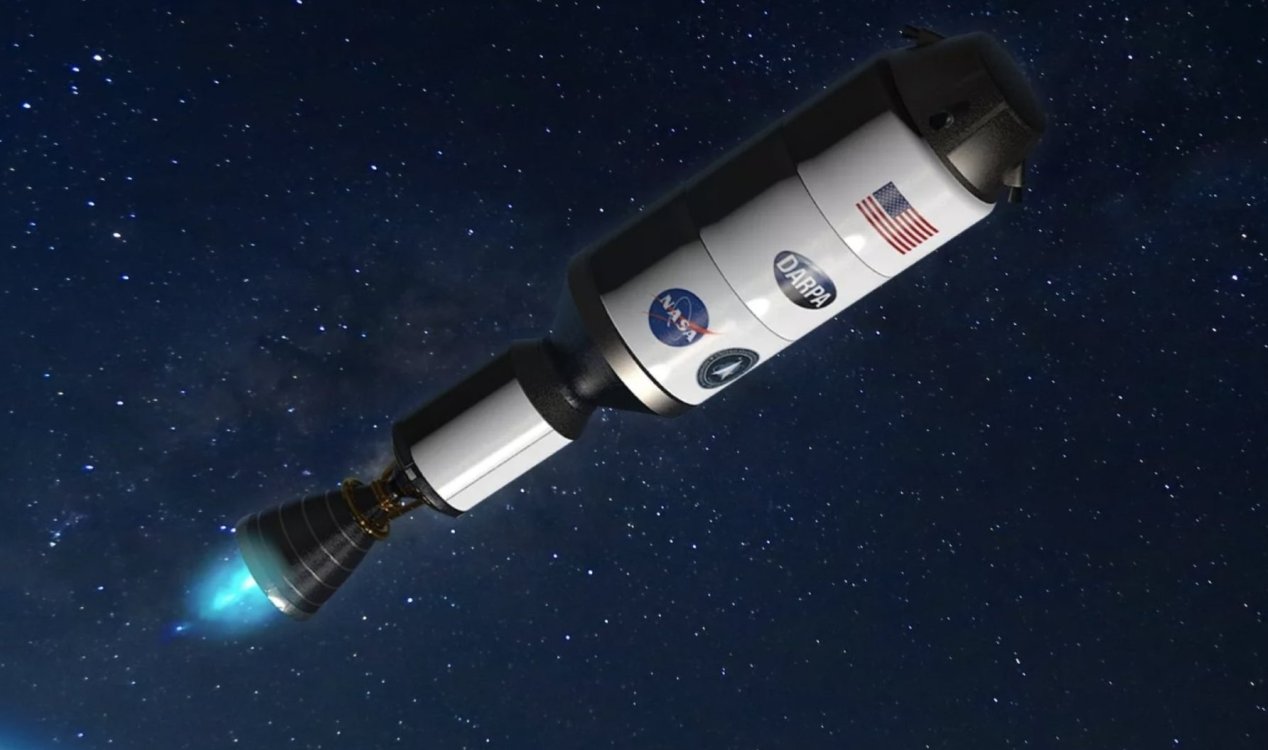The “Devil Comet” Set for Closest Approach to Earth
An unusual comet, nicknamed the “Devil Comet” for its horned appearance, is set to make its closest approach to Earth on Sunday, June 2. Officially known as Comet 12P/Pons-Brooks, this celestial body has intrigued astronomers with its distinctive shape and recent bursts of activity.
The Devil Comet’s Characteristics and Orbit
Comet 12P/Pons-Brooks has captivated astronomers due to its unique behavior and striking appearance. The comet was independently discovered by two astronomers, Jean-Louis Pons in 1812 and William Robert Brooks in 1883, leading to its full designation. Its nickname, “Devil Comet,” arises from its horned look during outbursts, reminiscent of the Millennium Falcon spacecraft from the “Star Wars” films.
This comet has an orbital period of about 71 years, classifying it as a periodic comet. Its long orbital period means each approach is significant for both professional astronomers and skywatchers, offering rare opportunities for detailed study. Unlike frequently observed comets with shorter periods, the Devil Comet is visible only a few times in a human lifetime.
The comet’s orbit brings it close to the sun before it swings back into the outer solar system. During its current journey, it made its closest approach to the sun on April 21, 2024, at a distance of 74.4 million miles (119.7 million kilometers). This perihelion passage caused the comet to heat up, leading to the sublimation of its icy components and the release of gas and dust, forming a glowing coma and tail. These processes result in the comet’s increased brightness and dynamic behavior.
On June 2, 2024, Comet 12P/Pons-Brooks will make its closest approach to Earth in 71 years, at a distance of over 143 million miles (230 million kilometers). Although this distance is considerable, it is relatively close for a comet, allowing astronomers to observe it in greater detail. Despite this proximity, the comet poses no threat to Earth.
Viewing Opportunities in the Southern Hemisphere
Dr. Teddy Kareta from Lowell Observatory notes that this period offers a significant opportunity for observers in the Southern Hemisphere, potentially the best since the 1950s, to view the comet. This period is especially important for scientific study due to the comet’s unusual outbursts and horned appearance.
The best time to observe the Devil Comet will be from around 6 p.m. to 7:30 p.m. local time. During this window, the comet will be visible in the western sky. Although the comet’s brightness will have decreased since its peak in late April, it should still be detectable with binoculars or a small telescope. Observers are advised to look westward after sunset when the sky starts to darken but before it becomes fully dark, as the comet may blend into the twilight.
Recent Activity and Scientific Curiosity
The Devil Comet has recently exhibited a series of outbursts, ejecting gas and dust, which has resulted in its horned shape. This activity is relatively unusual and has prompted scientists to investigate further. Dr. Dave Schleicher from Lowell Observatory suggests that these outbursts are caused by the sun’s heat.
As the comet nears the sun, heat penetrates its surface, causing frozen gases like carbon dioxide and carbon monoxide to vaporize, build pressure, and eventually burst through the surface. These dynamic behaviors make the comet a fascinating subject for study.
Continued Observations and Research
Astronomers are closely monitoring Comet 12P/Pons-Brooks to gather more information about its rotation rate and the effects of its outbursts. The comet rotates every 57 hours, which is longer than initially expected. This raises questions about whether the material jets are affecting its rotation.
Scientists have identified two primary regions on the comet’s surface where these jets originate, sparking curiosity about why the entire surface isn’t erupting. Dr. Schleicher speculates that the ice on much of the surface may have crusted over or vaporized, leaving only dirt. These observations are essential for understanding the comet’s unique behavior and characteristics.
As the comet makes its closest approach to Earth, astronomers are seizing this rare chance to collect valuable data. Despite its decreasing brightness, the Devil Comet’s distinctive features and rare visit continue to captivate both the scientific community and the general public.
Ongoing research and observations will likely provide further insights into this enigmatic celestial object, deepening our understanding of comets and their significance in the solar system.





